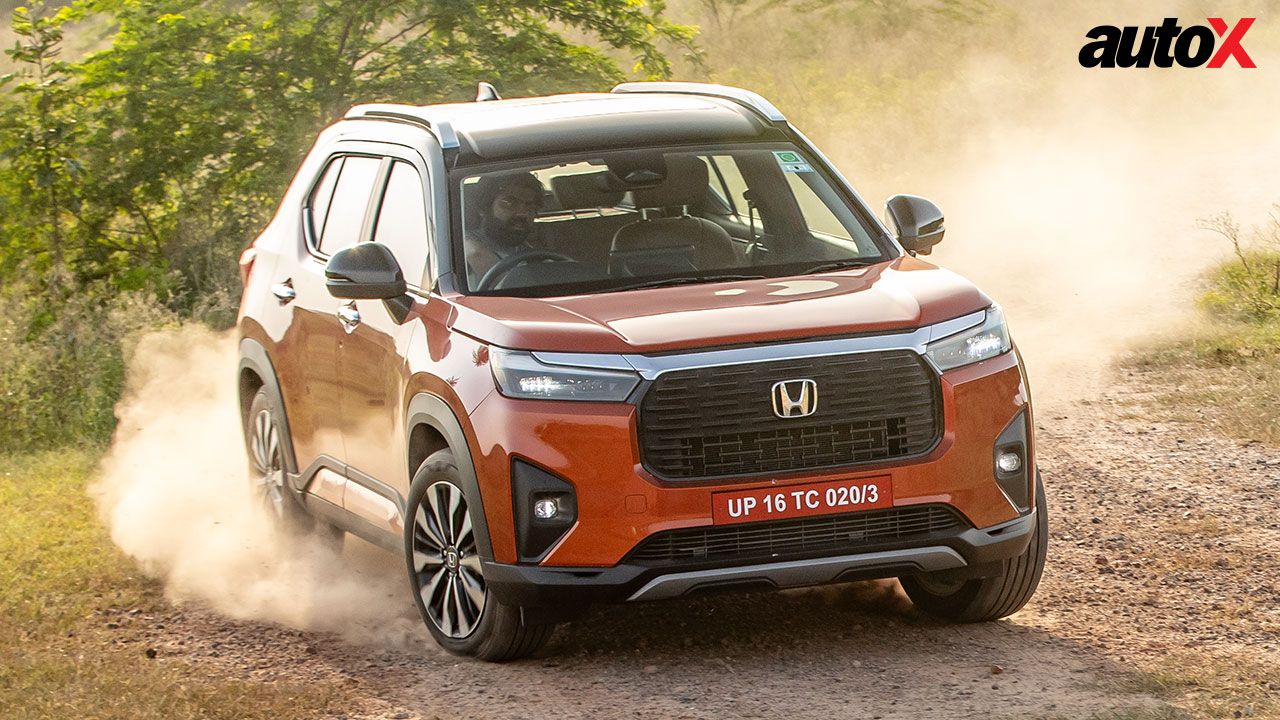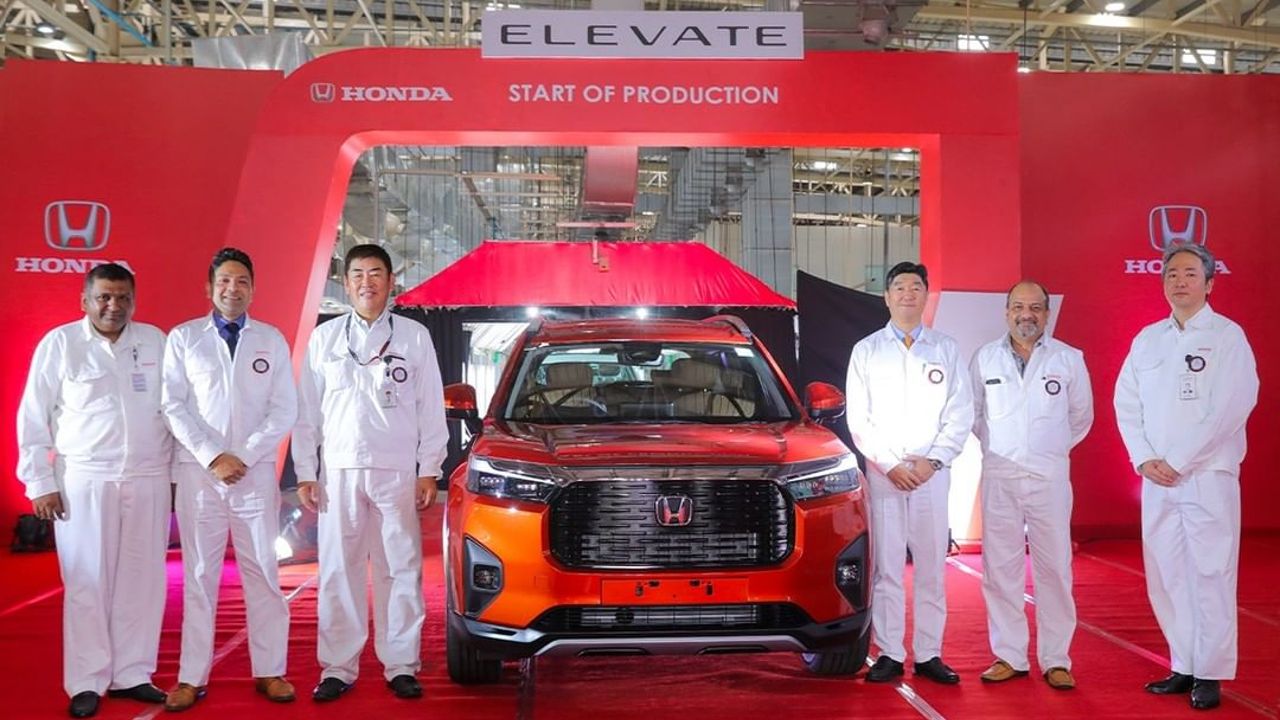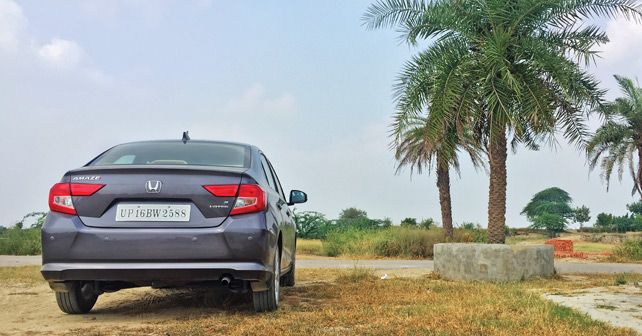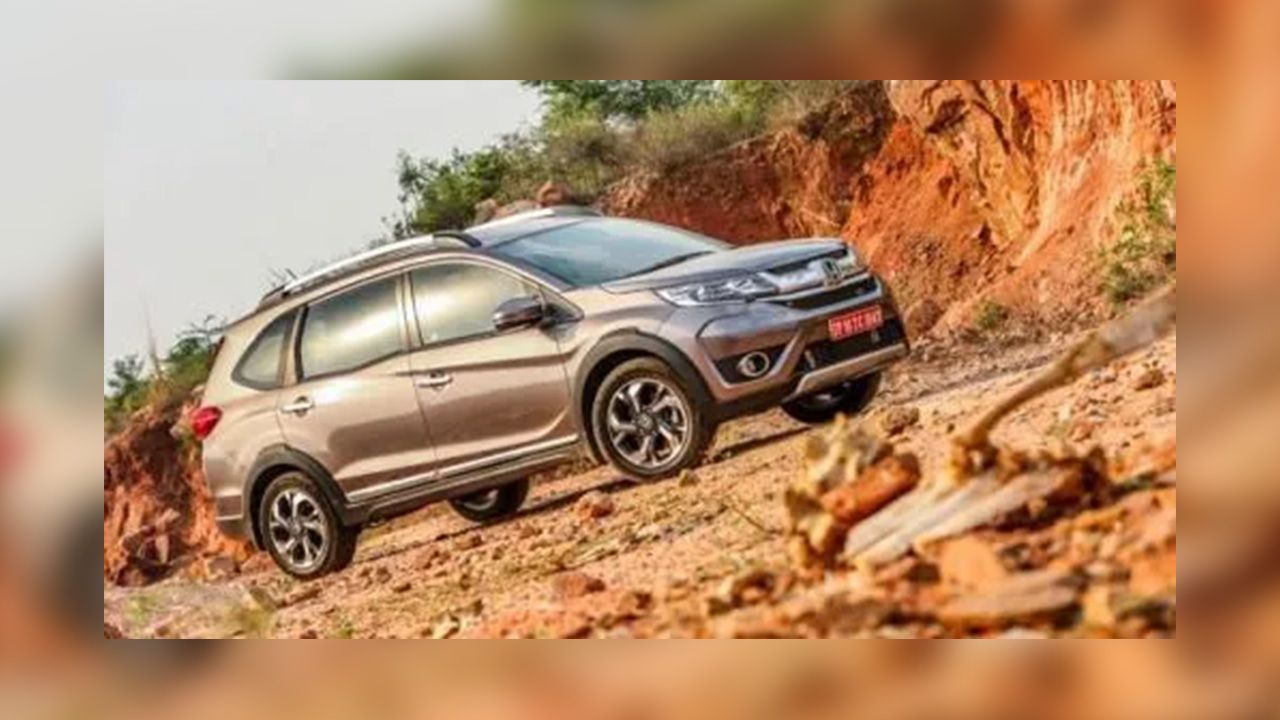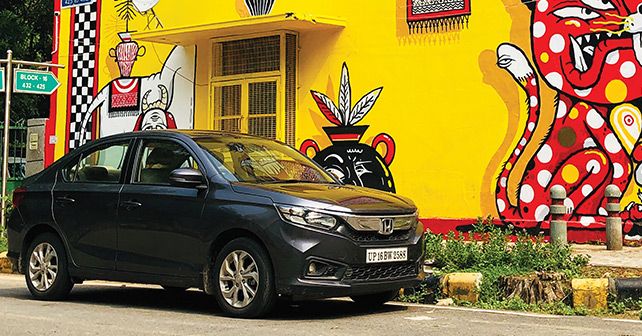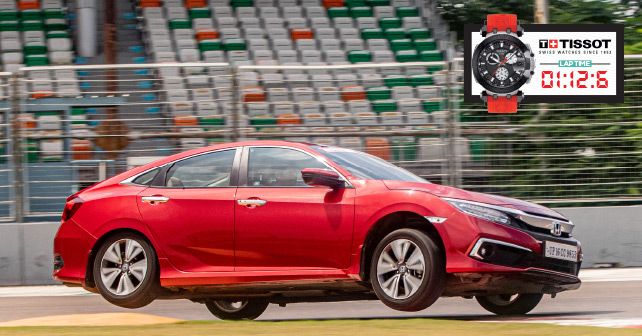Interview with Yoichiro Ueno, President & CEO of Honda Cars India Ltd
We spoke with Yoichiro Ueno, President & CEO of Honda Cars India Ltd, about the second-generation Amaze, as well as India’s EV future.

We spoke with Yoichiro Ueno, President & CEO of Honda Cars India Ltd, about the second-generation Amaze, as well as India’s EV future.
What’s your take on the government’s plan to go all-electric by the year 2030, in terms of new car sales in India? How practical do you think this deadline is?
Firstly, I’m a bit confused over what the government would like to achieve with electric vehicles. The objective has to be clear. Is this move for the reduction of CO2 emissions? Maybe. But, in that case, electric vehicles can’t reduce the level of CO2. If they use renewable energy, then, yes, this can be achieved. A way to increase the number of electric cars isn’t the real issue. The real issue is, how to supply electricity? Not just Honda, but all manufacturers are a bit confused as to why only the production of vehicles is being discussed and not the supply of electricity.
If need be, will Honda be ready with electric vehicles by the year 2025?
Many countries are announcing electric cars using renewable sources, that’s because the sources are ready. But the situation in India is slightly difficult. The plan to build charging stations is still not clear.
Do you feel the government has skipped an important intermediary step by not providing any incentives to hybrids?
The good thing about hybrid cars is that they don’t require infrastructure, like charging stations – as do electric cars. It’s okay for the government to curb concessions for hybrid vehicles, but the plan for the infrastructure needs to be clear. Building charging stations is both time consuming and expensive. We certainly believe that hybrid is a good option, especially during the transition period. So, we are still thinking of appealing to the government to bring back some support for hybrid vehicles. I believe a comprehensive discussion is needed to figure out how to improve the environment, how to generate electricity, the possibility of shifting from fossil fuels to renewable energy and where energy will be generated – at home or at some centralized power station? It’s important to plan out and design the future that we want to have.
How ready are you for the switch to BS-VI emission norms?
We’re ready as the investment on BS-VI is already done. As per the current trend, there’s a decline in the demand of diesel cars because the fuel price gap is narrowing. If the volume is less, the cost becomes higher, and, therefore, we might have to increase the price of the vehicles. Technically speaking, though, we are ready.
You’ve just launched the second-generation Amaze. As it’s based on a new platform, are you planning for a new hatchback based on the same platform?
The Amaze is the first vehicle based on this all-new platform. It all depends on the need, as this new platform will be the base for our future line-up. We’re also noticing a lot of changes in demand nowadays – as we all know everyone these days wants to own an SUV.
Is this new platform specifically for Southeast Asian countries?
No, this all-new platform will be shared by many different countries – but vehicle models will differ based on demand.

